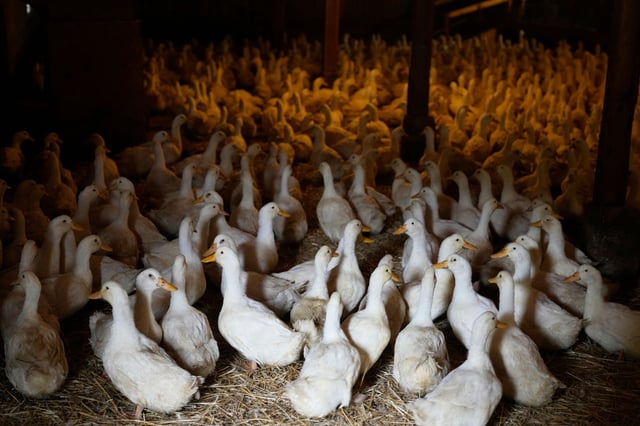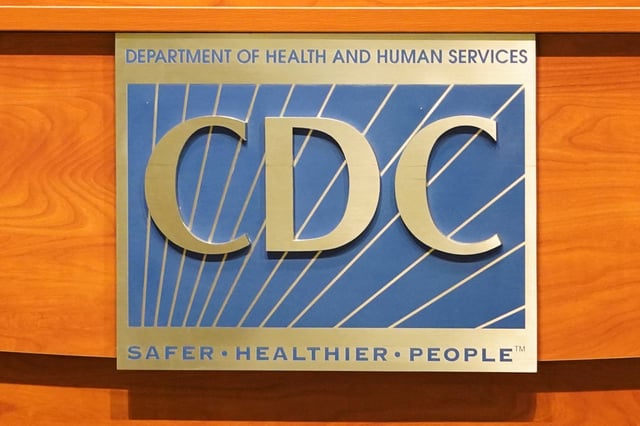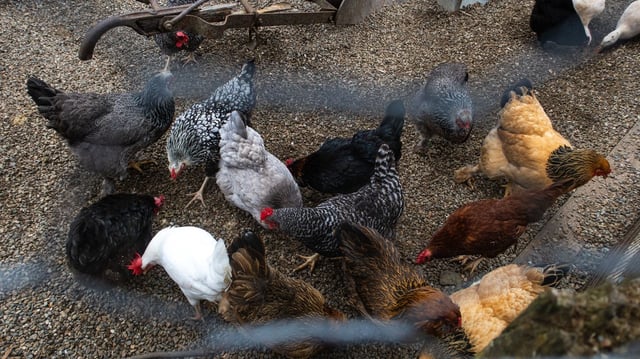Overview
- The CDC deactivated its H5N1 emergency response on July 2, 2025, after animal infections declined and no human cases were reported since February.
- Future updates on H5N1 will be merged into the CDC’s seasonal influenza reports, with monthly human monitoring data published and animal case details provided by the USDA.
- Since April 2024, H5N1 has infected nearly 175 million birds and spread to over 1,000 dairy herds across 17 states, while 70 human cases—including one fatality—were confirmed.
- States most impacted, including California and Washington, have ended or scaled back their own emergency measures following similar declines in infections.
- Officials say the current public health risk is low but experts warn migratory bird patterns could trigger a surge in H5N1 cases this fall.



